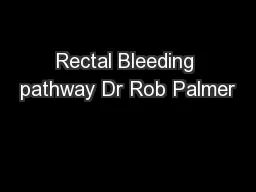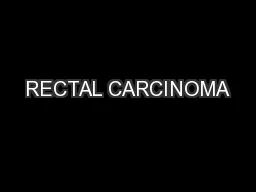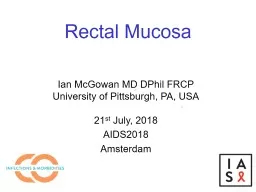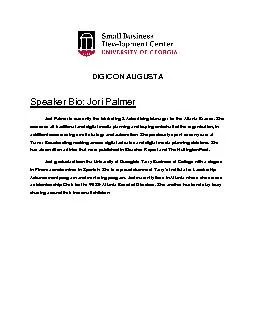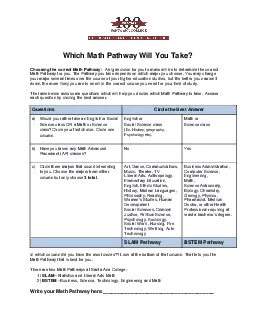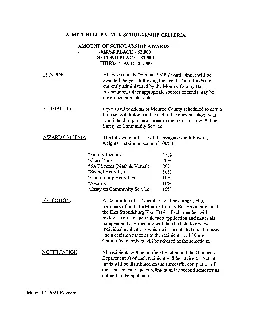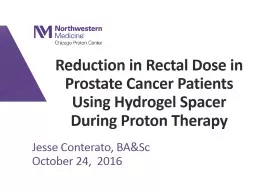PPT-Rectal Bleeding pathway Dr Rob Palmer
Author : tawny-fly | Published Date : 2018-10-12
GPwSI Gastroenterology CampH Gastro CCG lead Miss Tamzin Cuming Consultant Colorectal Surgeon Homerton Rectal Bleeding U p to 38 of people will experience
Presentation Embed Code
Download Presentation
Download Presentation The PPT/PDF document "Rectal Bleeding pathway Dr Rob Palmer" is the property of its rightful owner. Permission is granted to download and print the materials on this website for personal, non-commercial use only, and to display it on your personal computer provided you do not modify the materials and that you retain all copyright notices contained in the materials. By downloading content from our website, you accept the terms of this agreement.
Rectal Bleeding pathway Dr Rob Palmer: Transcript
Download Rules Of Document
"Rectal Bleeding pathway Dr Rob Palmer"The content belongs to its owner. You may download and print it for personal use, without modification, and keep all copyright notices. By downloading, you agree to these terms.
Related Documents

